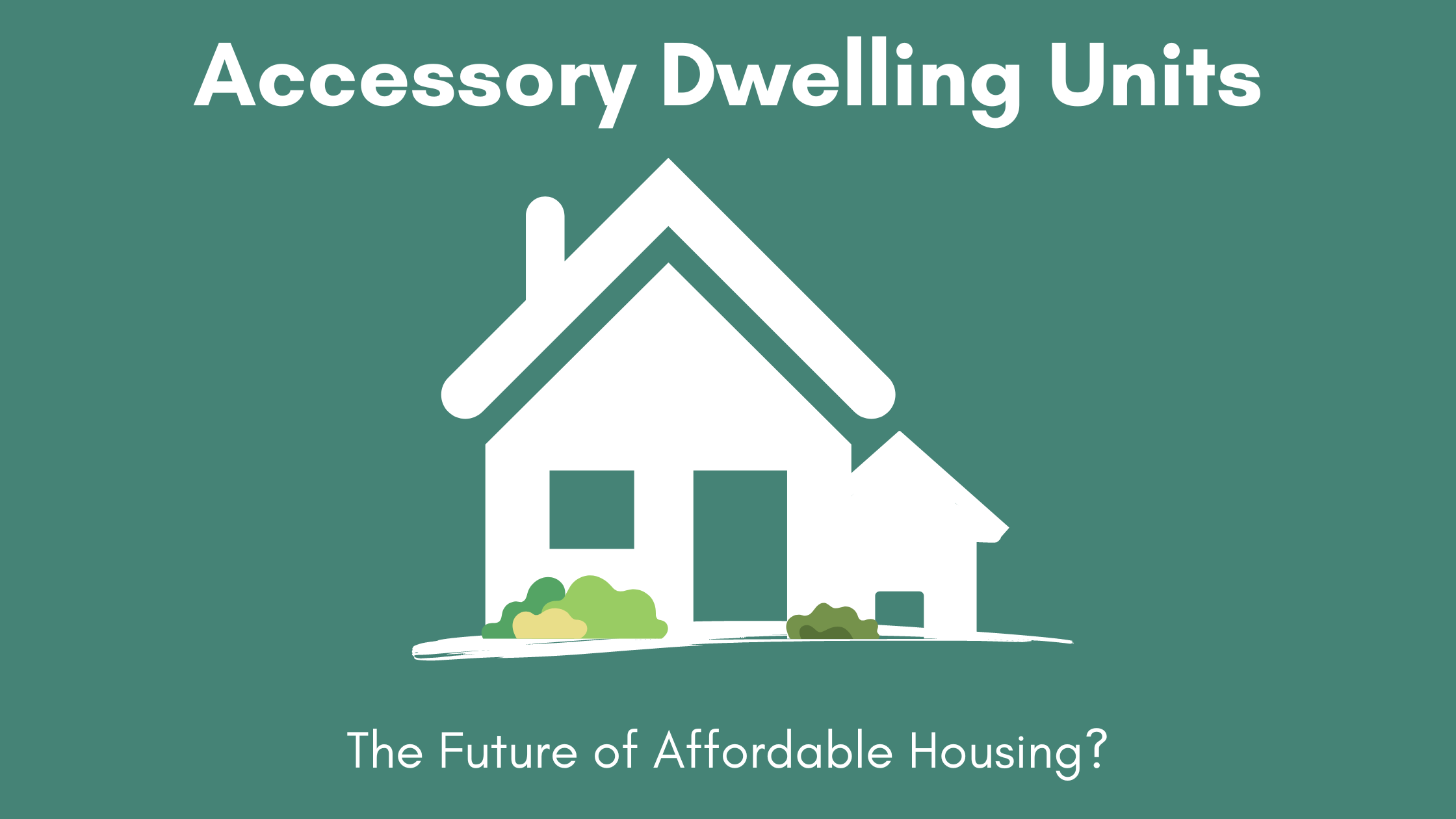

An Accessory dwelling unit or ADU is a secondary housing unit on a single-family residential lot. There are different types of accessory dwelling units, with most falling under the following categories:
1) Detached ADU
2) Garage/Shed Conversion ADU
3) ADU Above Secondary Structure
4) Attached ADU
5) Basement Conversion ADU
6) Internal ADU
Although there can be many different types of ADUs, they have some similarities. These include aspects like. . .
Like most things, ADUs have their supporters and opposition.
The supporters use the following in their defense of the units. . .
Meanwhile, the opposition’s points against them include:
Some of these opposition points aren’t necessarily 100% accurate, but it is what is said in opposition of expanding ADUs in communities.
There are illegal, or rather unpermitted ADUs; these occur when additional living space is added without permits to allow extra habitable space. ADU owners that have the necessary permits, have legal ones though as they are fully permitted and follow all relevant zoning rules.
ADUs are not regulated by state law, which means municipalities are welcome to establish the defining characteristics and rules for such places.
Some municipalities have decided to regulate aspects like limiting the number of ADUs per lot, minimum lot size, setback limitations, square footage, aesthetic requirements, parking, etc.
We recommend contacting your municipality directly if you are interested in potentially building or remodeling a space into an ADU to determine the restrictions or regulations.
An ADU can be value-adding to your property, providing rental revenue or an increase in the appraisal value of a home. Different categories of ADUs can bring different levels of value.
ADUs were common before the age of zoning took over, with extra little homes that were more affordable; however, the increase in zoning rules led to a decrease in ADUs. Recently, the housing crisis has pushed forward a new wave of ADUs, especially as rental prices rise.
California is an excellent example of the increase of ADUs. In the 20th century, California pursued the removal of ADUs — instead preferring a homogenous neighborhood of single families to ADUs and apartments. In 2016, a policy change led to an increase in ADU applicants, and between 2016 and 2021, the number of ADU permits jumped 6,230% in L.A., and the number of ADUs permitted increased by 1,421%.
ADUs may not solve the housing crisis, but they could certainly be an excellent first step for a few reasons:
Whether you call an accessory dwelling unit a backyard cottage, granny flat, or in-law suite, this form of housing is making a comeback and offering individuals an alternative to typical housing. If you are interested in adding an ADU to your space, we recommend the following steps: